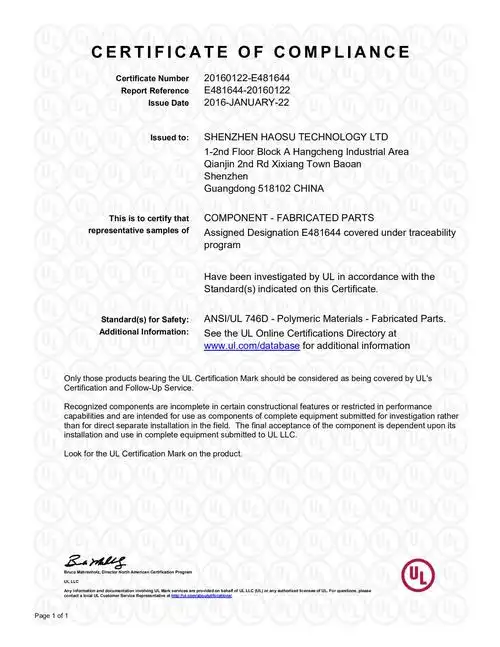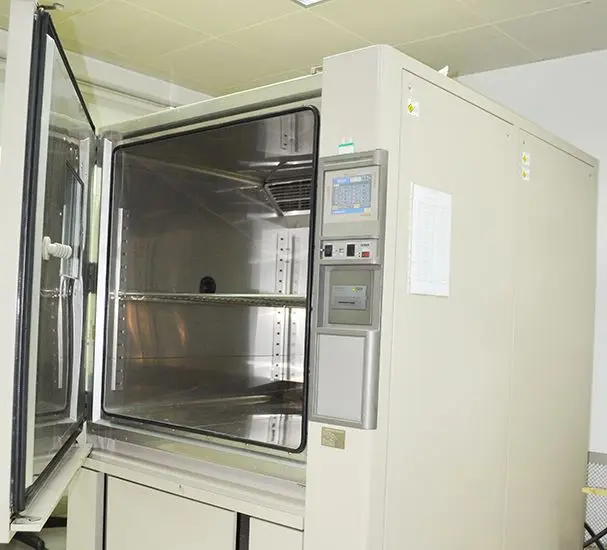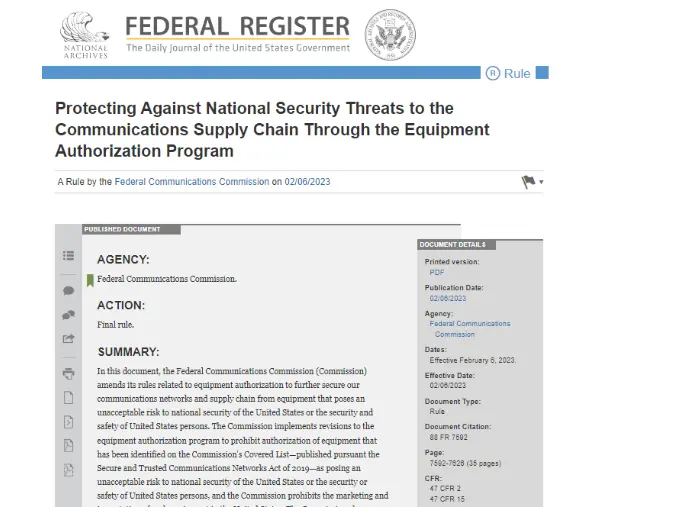
How to get UL1642 Test Reports?
ul1642 is a safety standard developed by Underwriters Laboratories (UL), specifically for lithium-ion battery cells. This standard aims to evaluate the safety of lithium-ion battery cells under various extreme conditions. Below is a compilation of relevant information about the UL1642 Test report:
1. Overview of UL1642 Test Report
The UL1642 test report is issued after testing lithium-ion battery cells according to the UL1642 standard. Since its first release in October 1985, the UL1642 standard has become a widely recognized authoritative standard internationally for assessing the safety and reliability of lithium battery cells.

2. Test Items
UL1642 testing mainly includes, but is not limited to, the following tests:
1. Short Circuit Test:Short circuiting the positive and negative electrodes at room temperature and high temperature to check if the battery explodes or catches fire.
2. Overcharge Test:Overcharging the battery at three times the manufacturer’s specified charging current.
3. Crush Test:Applying pressure to the battery until a certain force is REACHed to evaluate its safety under physical compression.
4. Impact Test:Dropping a heavy object from a specified height onto the battery to assess safety under impact conditions.
5. Heating Test:Testing the battery’s stability in a high-temperature environment.
6. Temperature Cycling Test:Testing battery durability and safety by cycling through high and low temperatures.
7. Forced Discharge Test:Forcing the battery to discharge completely to test its safety.
3. Test Report Contents
A typical UL1642 test report contains the following:
1. Sample Description:Basic information including battery model, capacity, dimensions, etc.
2. Test Items and Results:Detailed listing of results for each test performed.
3. Test Methods:Description of the specific testing procedures used.
4. Conclusion:Overall conclusion confirming whether the battery meets the UL1642 standard requirements.
4. Processing Procedure
1. Project Confirmation:Confirm the applicable UL standard, certification fees and timelines, sample quantity, etc.
2. Documentation Preparation:Prepare the requiRED documents and materials according to UL’s requirements.
3. Sample Submission and Testing:Send samples to designated laboratories for product testing.
4. Report Issuance:Official test report is issued once the product meets UL standard requirements.
5. Factory Audit:In some cases, UL may conduct an initial factory inspection to ensure compliance with standards.
5. Notes
1. UL1642 certification is voluntary, but it is widely accepted as an industry standard in certain markets, especially in the United States.
2. The validity of the test report usually depends on the laboratory’s regulations and may require periodic renewal or retesting.
3. The UL1642 standard is updated over time to keep pace with technological and market developments; the latest version is UL1642-2020.
If you need help with the UL1642 testing or certification process, feel free to ask!
Email:hello@jjrlab.com
Write your message here and send it to us
 What are ASTM F963 and CPSIA?
What are ASTM F963 and CPSIA?
 Comparison of ASTM F963 and EN 71
Comparison of ASTM F963 and EN 71
 How to get CSA C22.2 NO.256:14 Test Report?
How to get CSA C22.2 NO.256:14 Test Report?
 How much is the ISTA Amazon Packaging & Shippi
How much is the ISTA Amazon Packaging & Shippi
 Amazon Product Laboratory Testing Requirements
Amazon Product Laboratory Testing Requirements
 How to Get EPA Certificatio
How to Get EPA Certificatio
 What is EPA Certification in the United States?
What is EPA Certification in the United States?
 What is an FCC Registered Agent?
What is an FCC Registered Agent?
Leave us a message
24-hour online customer service at any time to respond, so that you worry!




